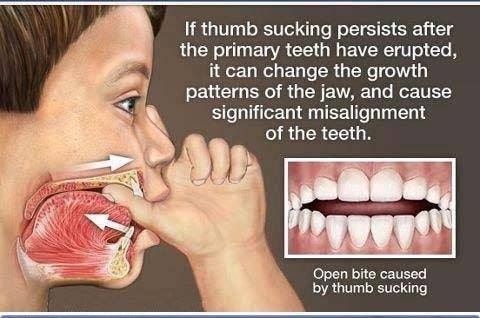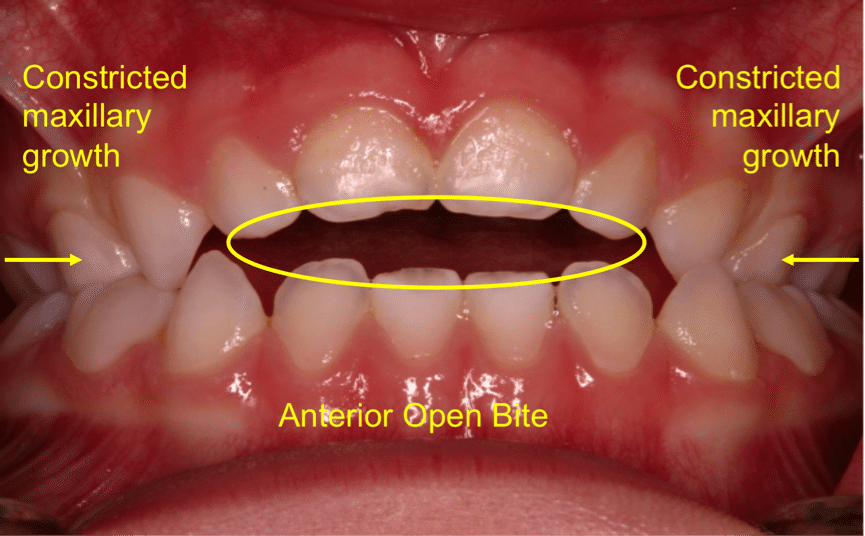
The short, easy answer is yes. Now I could stop here because I just gave the answer to the question, but the answer wouldn’t be complete without an explanation.
The bones in our body are not static and unchanging. Your bones are constantly remodeling and adapting. Bone does this in part due to forces that push and/or pull on them. If a person works out, lifts weight, etc., their bones will change in response to the increased stress put on them by the activity a person is performing. Generally, if a muscle becomes larger and stronger, so will the bone that it is attached to. You may have also heard of people who have one leg that is shorter than the other. Sometimes a person with this condition undergoes a procedure called osteogenic distraction, which is the technical medical term. Basically it is when a bone is sectioned into two pieces and a device is placed on either side of the cut that moves the two sides slowly apart. Just like when a bone is broken and it repairs itself, the lengthening device causes new bone to grow because of the moving apart of the two halves of the bone.
When a child sucks their thumb, the thumb and muscles of the face are pushing and pulling on the jaw bones. This pushing/pulling can usually be strong enough to alter the shape and growth of the jaw bones. A pacifier can also do the same thing. The cheek muscles push in on the jaws, mainly the upper jaw, restricting the growth of the upper jaw. This causes the upper jaw to be narrower than normal, and then it doesn’t fit the lower jaw. Along with pushing on the jaws, the muscles also push on the teeth, pushing them in.
The thumb is pushing and pulling on the teeth and the jaws. When the thumb is in the mouth, it is having these effects: pushing up on the roof of the mouth, causing the shape of the roof to change, making it high and narrow. This can also cause the child’s airway to become restricted and narrowed.; pulling the front teeth and front of the upper jaw forward, causing the front teeth to stick out; pushing the lower front teeth and front of the lower jaw back; causing the teeth to crowd.

In some cases of long term, very vigorous thumb-sucking, these bad effects can be very severe. This means that the child will have to undergo more extensive orthodontic treatment to correct the problems, and in some cases the problems may not be able to be fixed all of the way.

The best advice for thumb-sucking is to stop the habit as early as possible. The longer the habit persists, the more damage will be done.